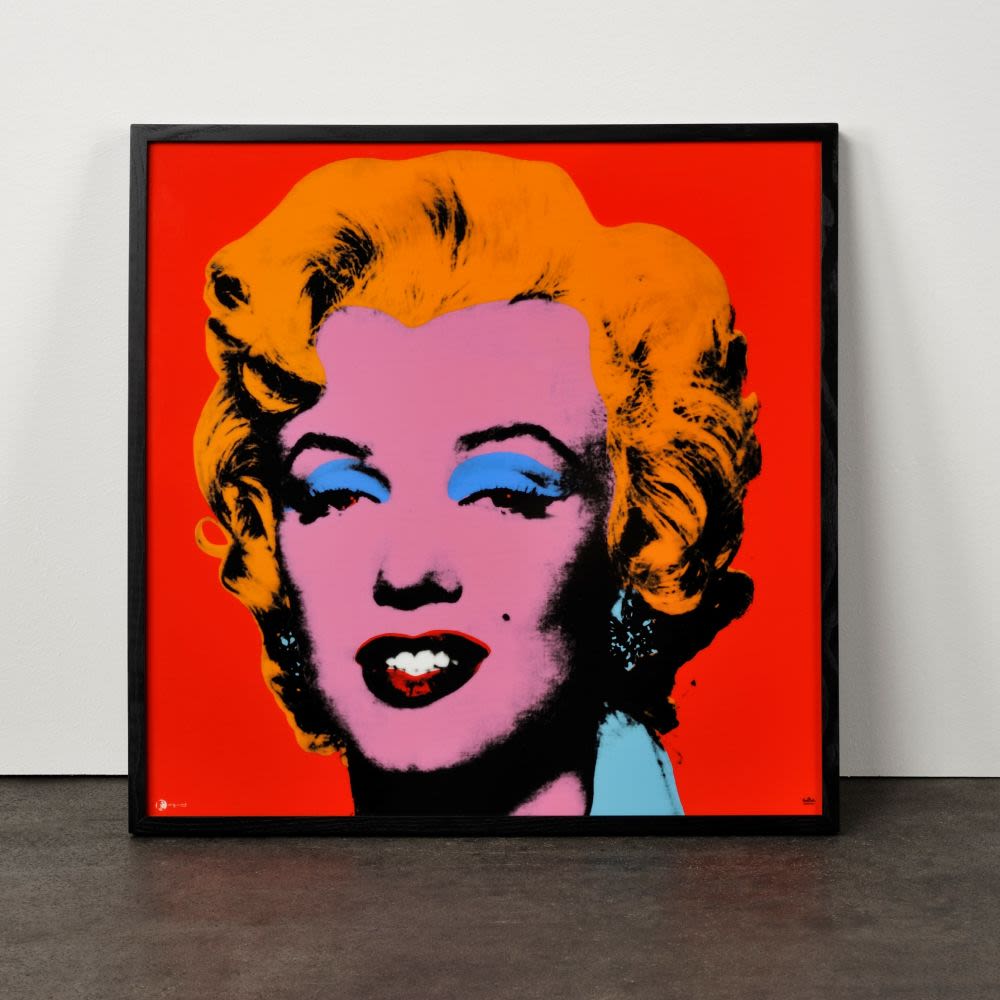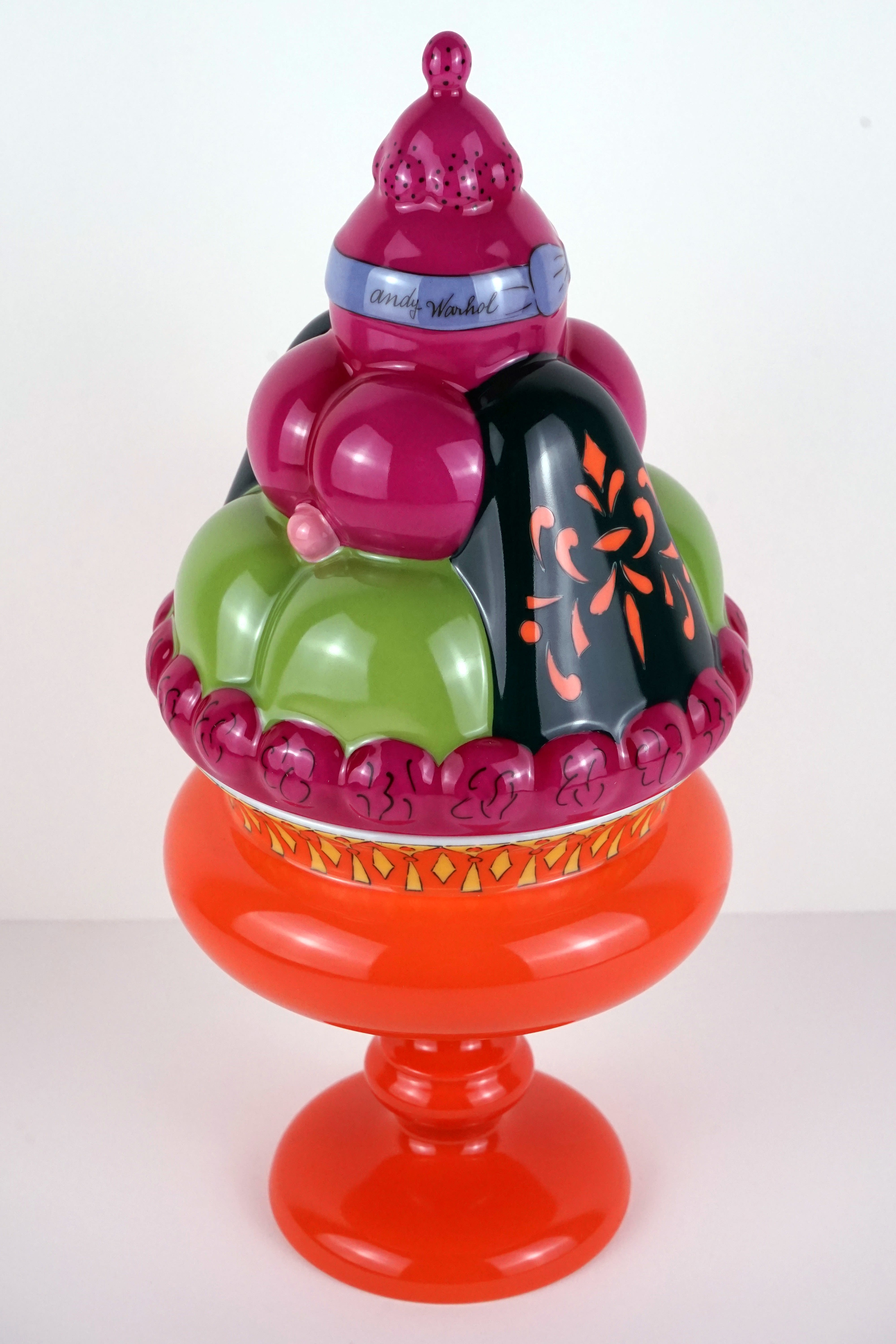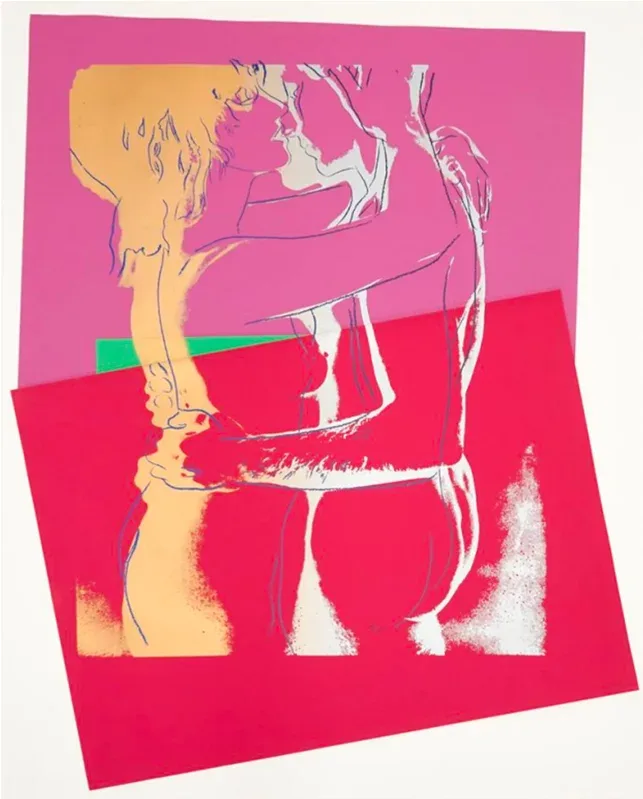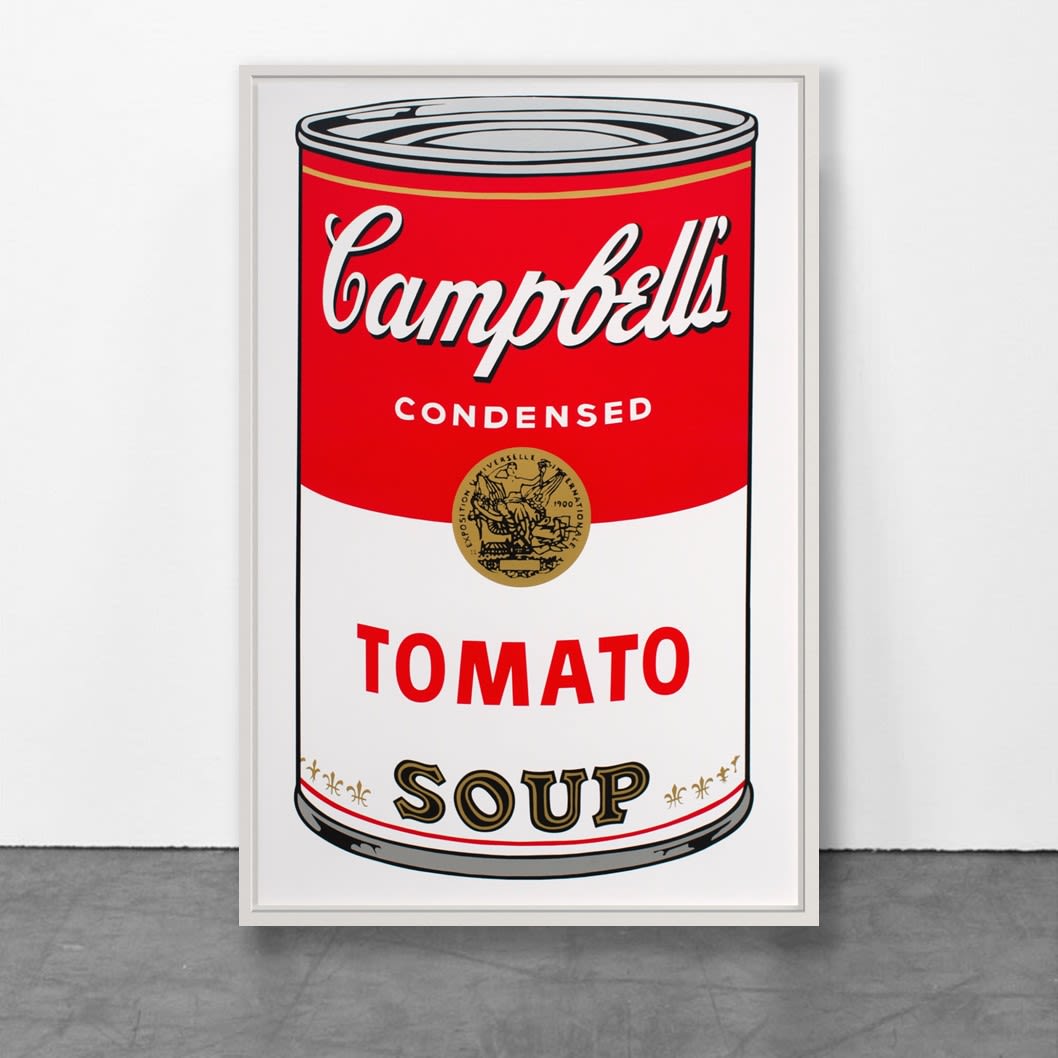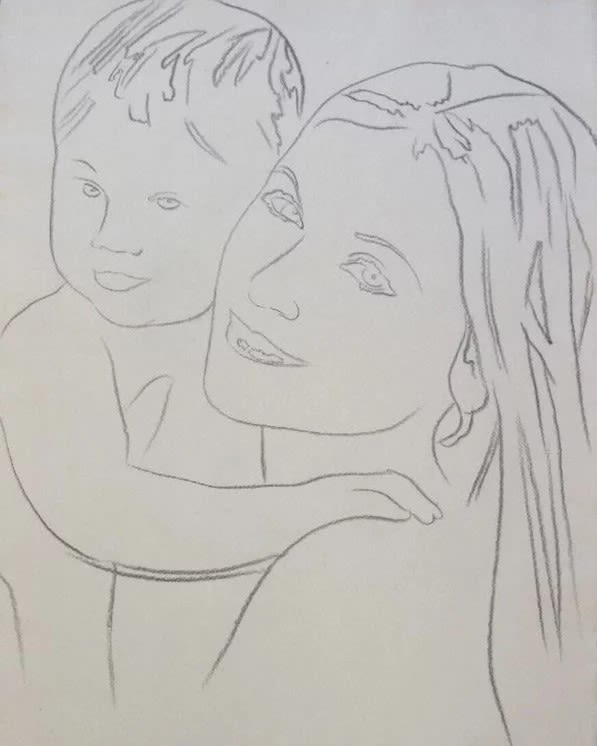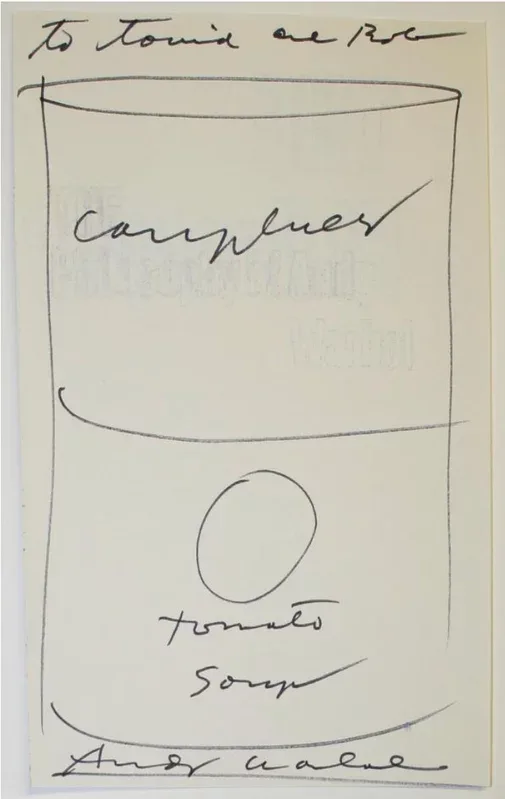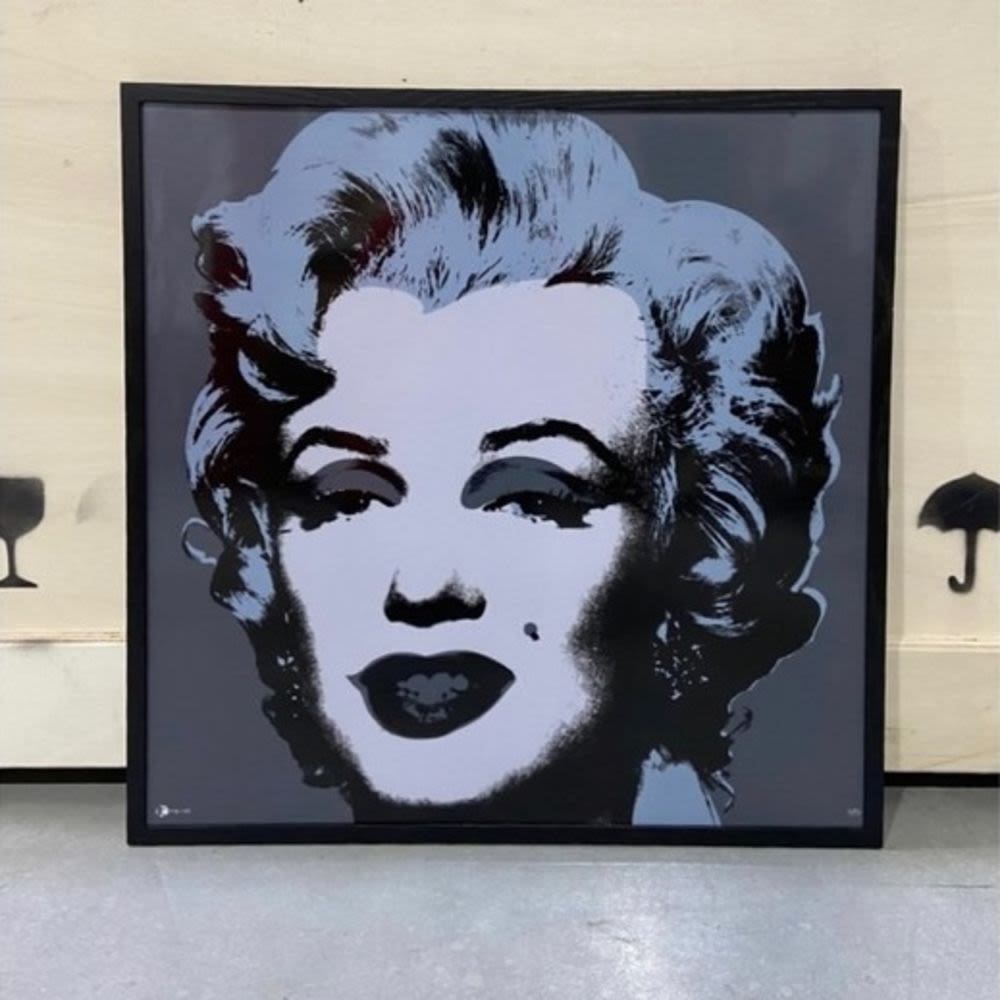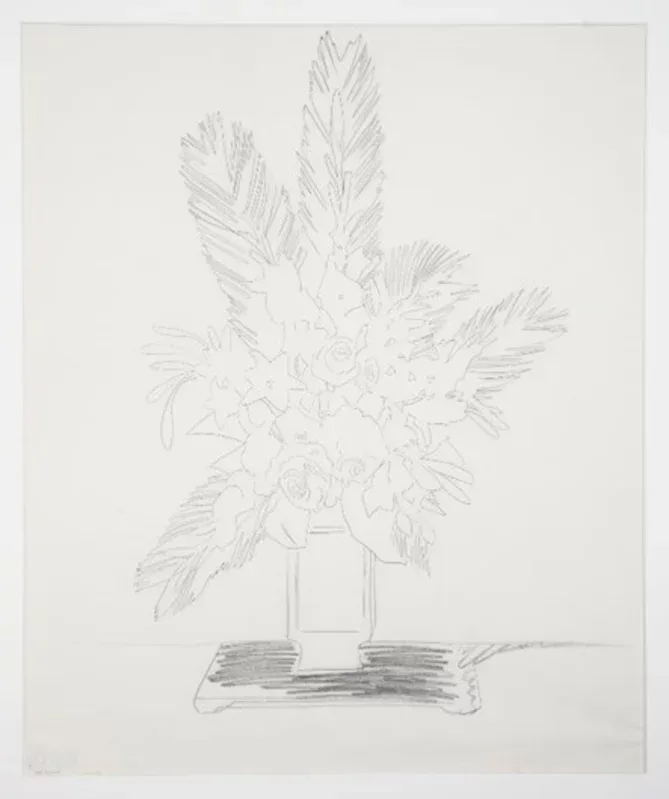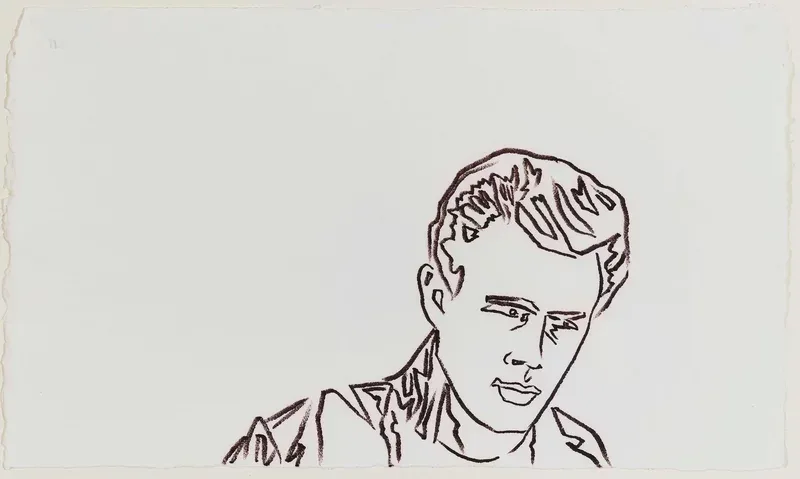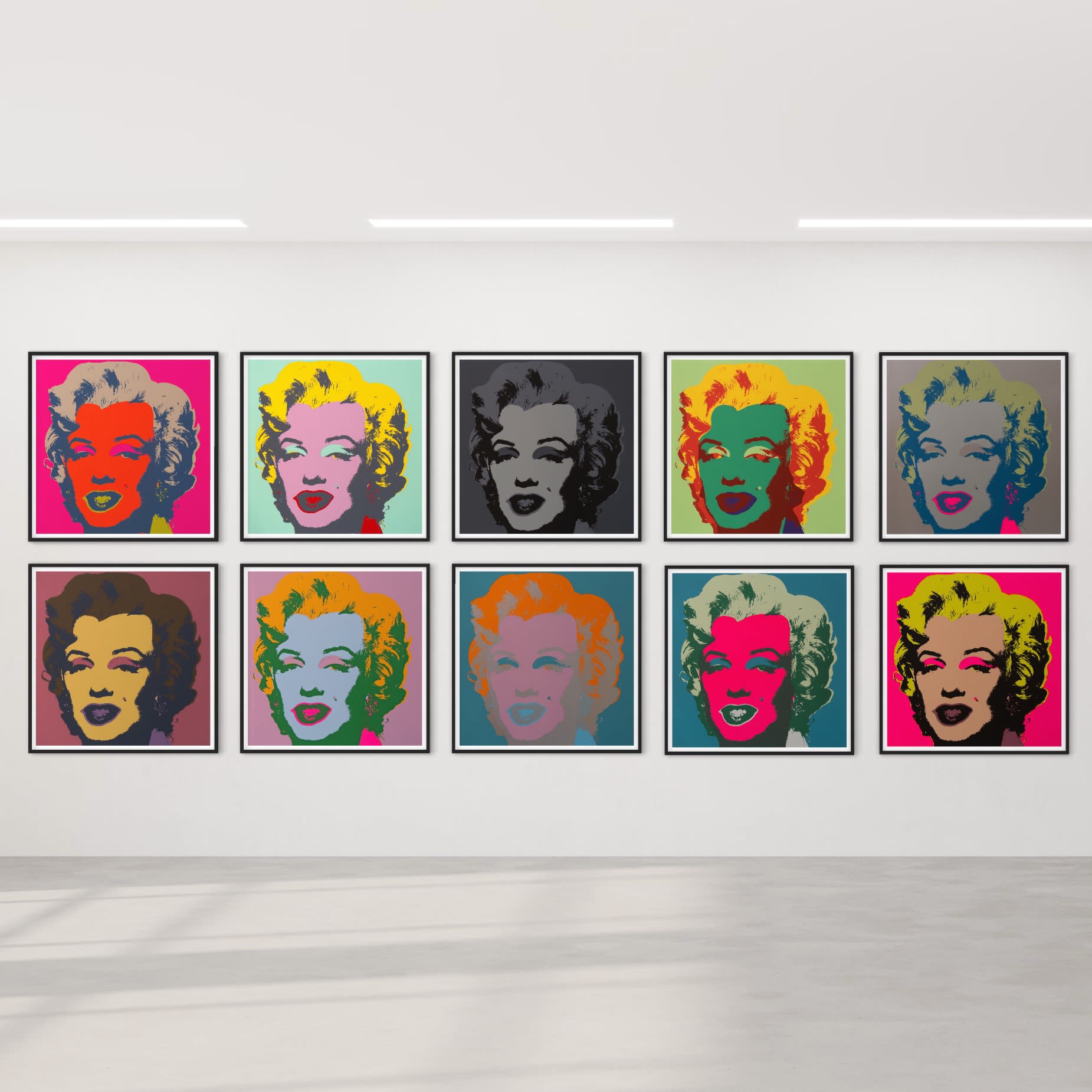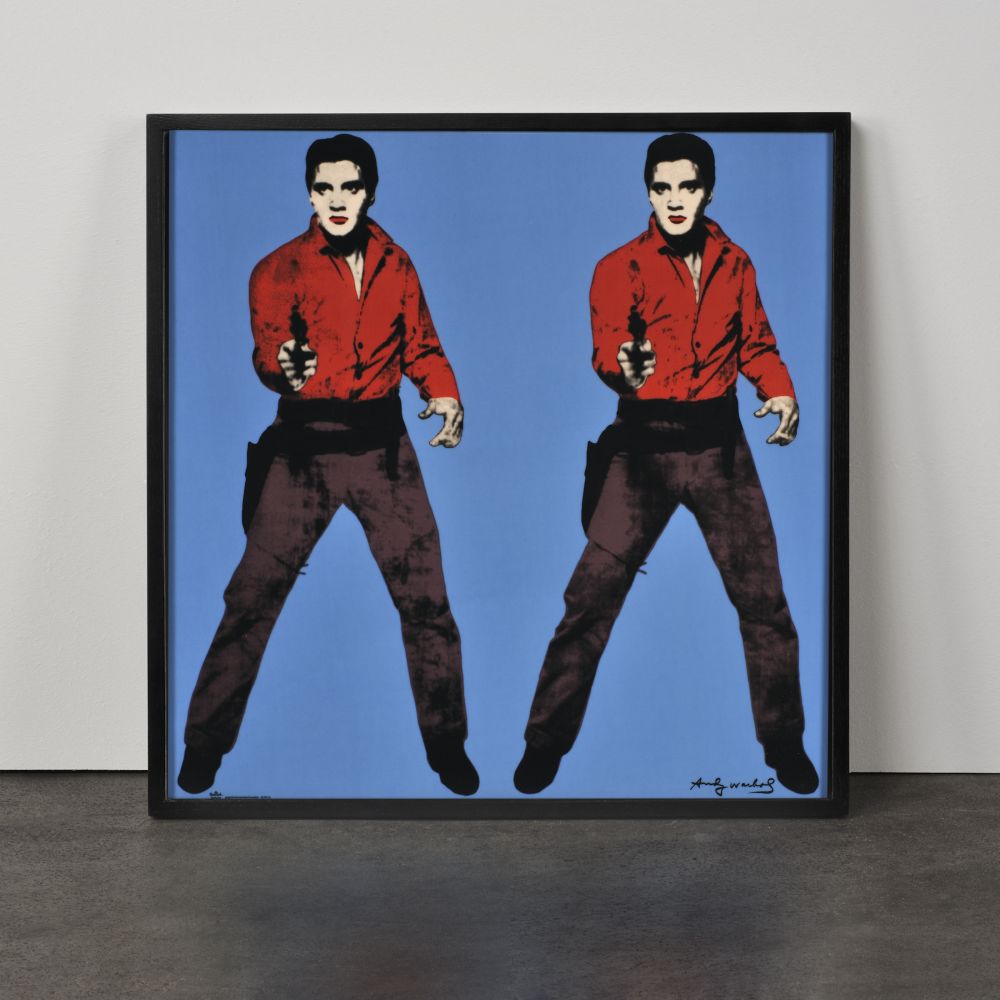Andy Warhol
Andy Warhol (1928–1987) was an American artist, filmmaker, and cultural icon whose work profoundly shaped the course of contemporary art. A leading figure of the Pop Art movement, Warhol blurred the boundaries between high art and mass culture, turning everyday objects and celebrity icons into enduring artistic subjects. His practice encompassed painting, silkscreen printing, photography, sculpture, performance, and experimental film, and his influence extends across art, fashion, media, and music.
Born in Pittsburgh to a family of Rusyn immigrants, Warhol began his career as a commercial illustrator before emerging as a radical new voice in the New York art scene in the early 1960s. His Campbell’s Soup Cans (1962) and Marilyn Diptych (1962) marked a breakthrough, introducing repetition, seriality, and mechanical reproduction as core artistic strategies. Warhol embraced silkscreen printing to create iconic portraits of celebrities such as Marilyn Monroe, Elvis Presley, and Jackie Kennedy, while simultaneously confronting darker themes in his Death and Disaster series.
Warhol’s legendary studio, The Factory, became a nexus for artists, musicians, writers, and misfits, giving rise to his underground films and the creation of "superstars." His film work, including Empire (1964) and Chelsea Girls (1966), pushed the boundaries of duration, narrative, and voyeurism. In the 1970s and ’80s, Warhol expanded his influence as a publisher (Interview magazine), author, and television host, and returned to painting with works inspired by abstraction, religion, and art history.
Openly queer in a time of repression, Warhol’s work often expressed his identity through coded images and stylized self-presentation. Following his death in 1987, Warhol’s legacy has only grown. His work has broken auction records, and The Andy Warhol Museum in Pittsburgh stands as the largest U.S. museum dedicated to a single artist.
Warhol remains a defining figure of 20th-century art—a master of image, celebrity, and the cultural moment.
“ Once you ‘got’ Pop, you could never see a sign again in the same way again. And once you thought Pop, you could never see America in the same way again. „








